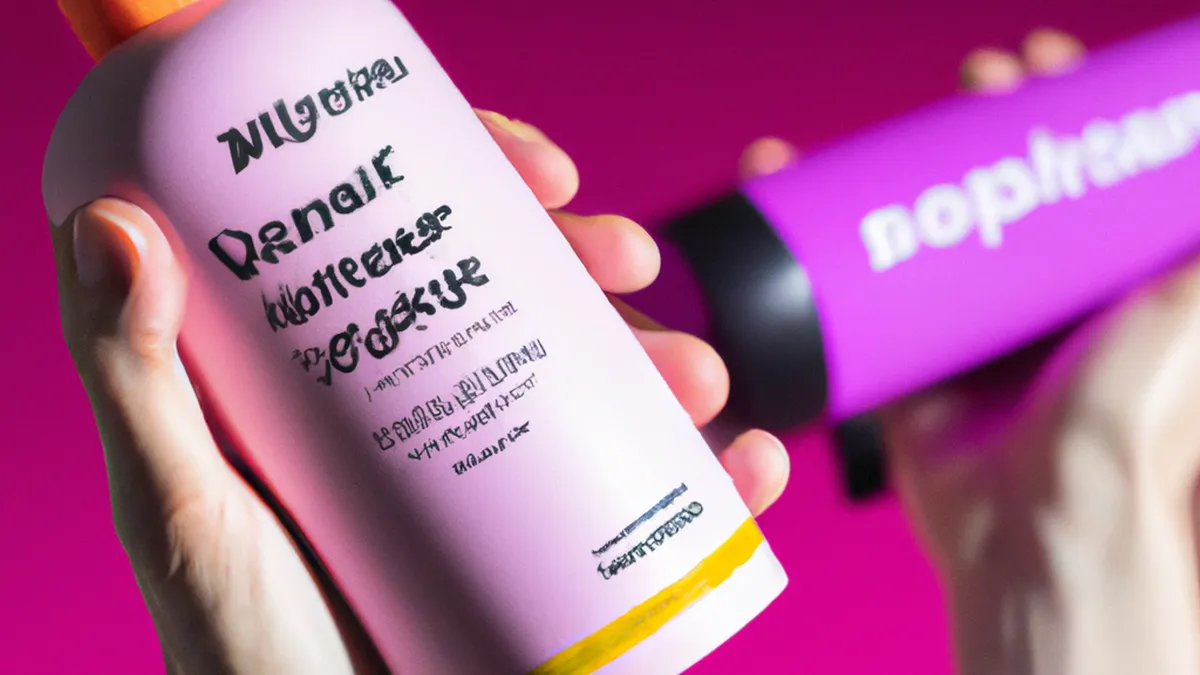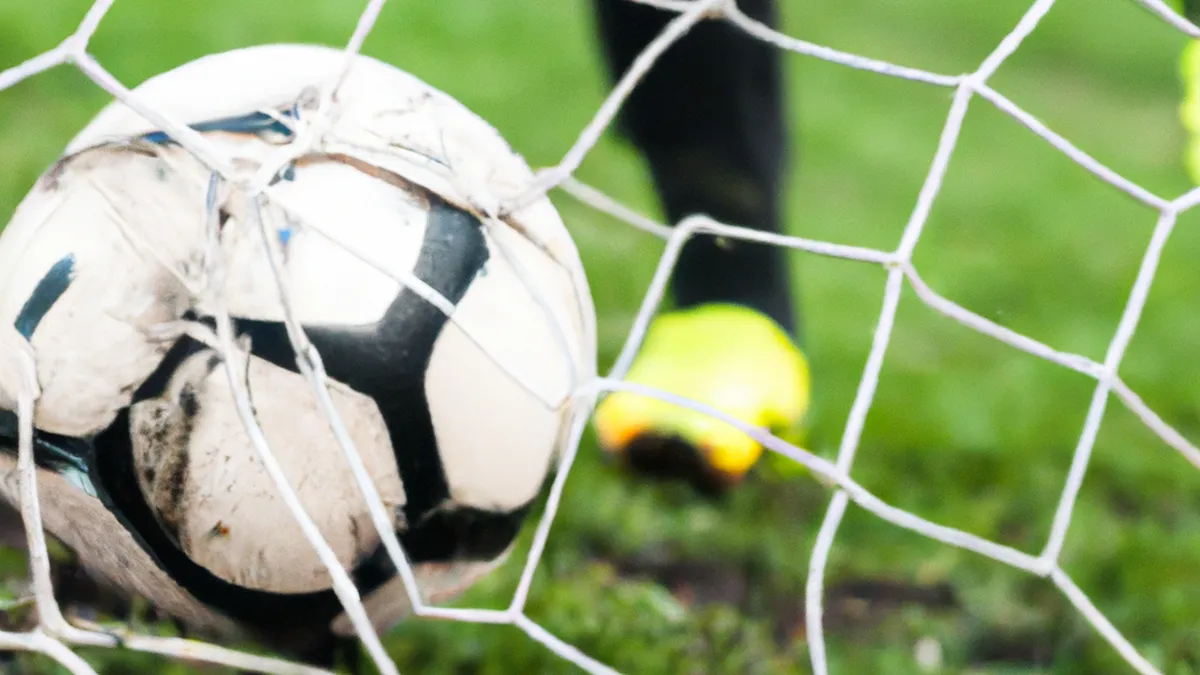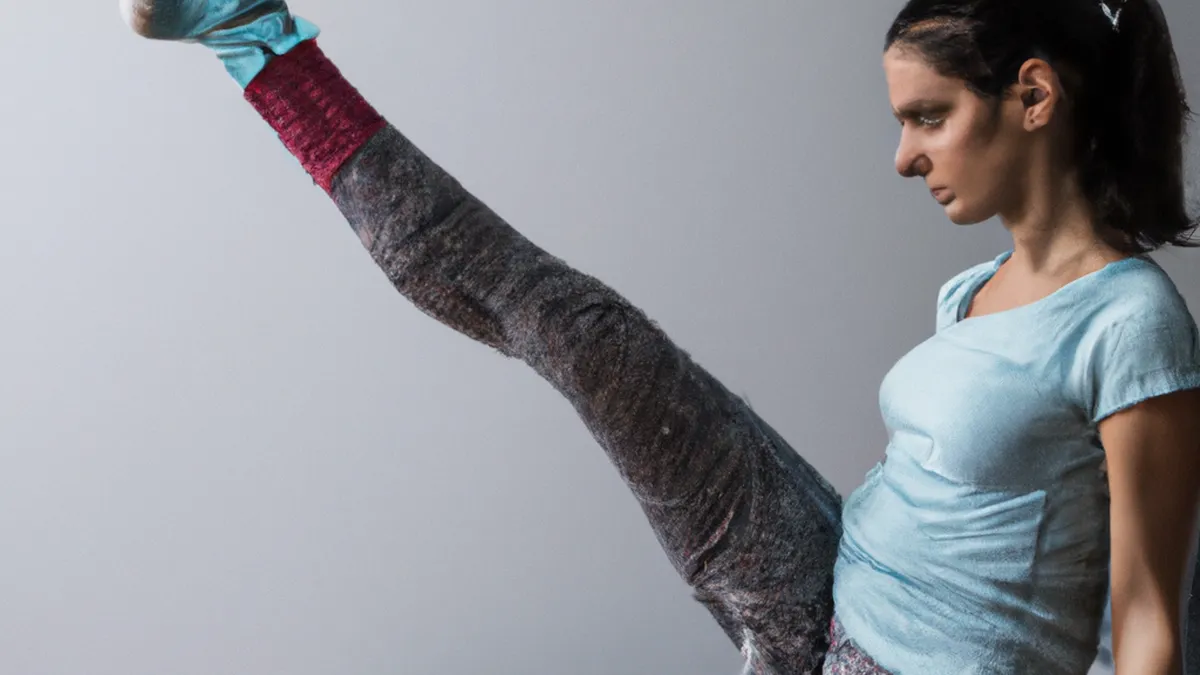Sun Safety: Gear for Young Athletes
Educating Parents on Heat Safety for Youth Sports ParticipationAs the sun shines brighter and temperatures rise, youth sports seasons begin. While this excites young athletes, heat safety becomes crucial. Parents must learn the risks of heat-related illnesses and how to protect their kids. This blog post offers effective tips and essential advice on prioritizing heat safety in youth sports.
As an Amazon Associate I earn from qualifying purchases.
Gear tip: consider electrolyte mix, aromatherapy diffuser, and cooling gel pillow to support this topic.
Understanding Heat-Related Illnesses
Heat-related illnesses range from mild dehydration to severe heat stroke. These conditions arise when the body struggles to cool itself. Young athletes face higher risks due to their developing bodies and increased activity levels.
Types of Heat-Related Illnesses
1. **Heat Exhaustion**: This condition causes heavy sweating, weakness, dizziness, and nausea. It happens when the body loses too much water and salt. If untreated, it can progress to heat stroke.2. **Heat Stroke**: This severe, life-threatening condition requires immediate medical attention. Symptoms include a body temperature above 104°F, altered mental state, rapid heartbeat, and loss of consciousness. Heat stroke can lead to serious complications or death.3. **Dehydration**: Dehydration occurs when the body loses more fluids than it consumes. Young athletes may overlook dehydration signs like dry mouth, fatigue, and reduced urine output. Chronic dehydration can lead to severe heat-related illnesses.Recognizing these symptoms is vital. Parents should watch for signs during practices and games, especially in hot weather. If they notice symptoms, they should move the athlete to a cooler place and provide fluids.
Tips for Keeping Kids Safe in the Heat
1. **Hydration is Key** Encourage your child to drink water regularly, even without thirst. Start water intake before practices and games, ideally a few hours in advance. Aim for at least 8 ounces of water every 20 minutes during activity. Consider sports drinks for prolonged activities to replace electrolytes lost through sweat.2. **Choose Appropriate Clothing** Dress young athletes in light-colored, loose-fitting clothes to keep them cool. Avoid heavy fabrics that trap heat. Opt for moisture-wicking materials that promote cooling by allowing sweat to evaporate.3. **Schedule Wisely** Plan practices and games during the cooler parts of the day. Early mornings or late evenings work best. This adjustment can significantly reduce heat exposure and lower heat-related illness risks.4. **Take Frequent Breaks** Schedule breaks during practices and games for hydration and cooling down. Encourage coaches to implement regular “cooling breaks.”
Conclusion
Prioritizing heat safety can protect young athletes during sports. Parents play a crucial role in ensuring their children’s health and well-being.
Conclusion
A brief summary concluding the insights shared.
Below are related products based on this post:
FAQ
What are the main heat-related illnesses that young athletes face?
Young athletes are at risk for several heat-related illnesses, including heat exhaustion, heat stroke, and dehydration. Heat exhaustion can cause symptoms like heavy sweating and dizziness, while heat stroke is a severe condition that can lead to altered mental states and requires immediate medical attention. Dehydration, which often goes unnoticed, can lead to serious complications if not addressed promptly.
How can parents help ensure their children stay hydrated during sports?
Parents should encourage their children to drink water regularly, even if they don’t feel thirsty. It is recommended to start hydrating a few hours before practices and games, aiming for at least 8 ounces of water every 20 minutes during activity. For prolonged activities, sports drinks can be beneficial to replenish lost electrolytes.
What clothing is suitable for young athletes to wear in hot weather?
Young athletes should wear light-colored, loose-fitting clothing made from moisture-wicking materials to help keep them cool. Heavy fabrics should be avoided as they can trap heat and increase the risk of heat-related illnesses. Proper clothing can significantly enhance comfort and safety during sports activities in warm conditions.















Post Comment